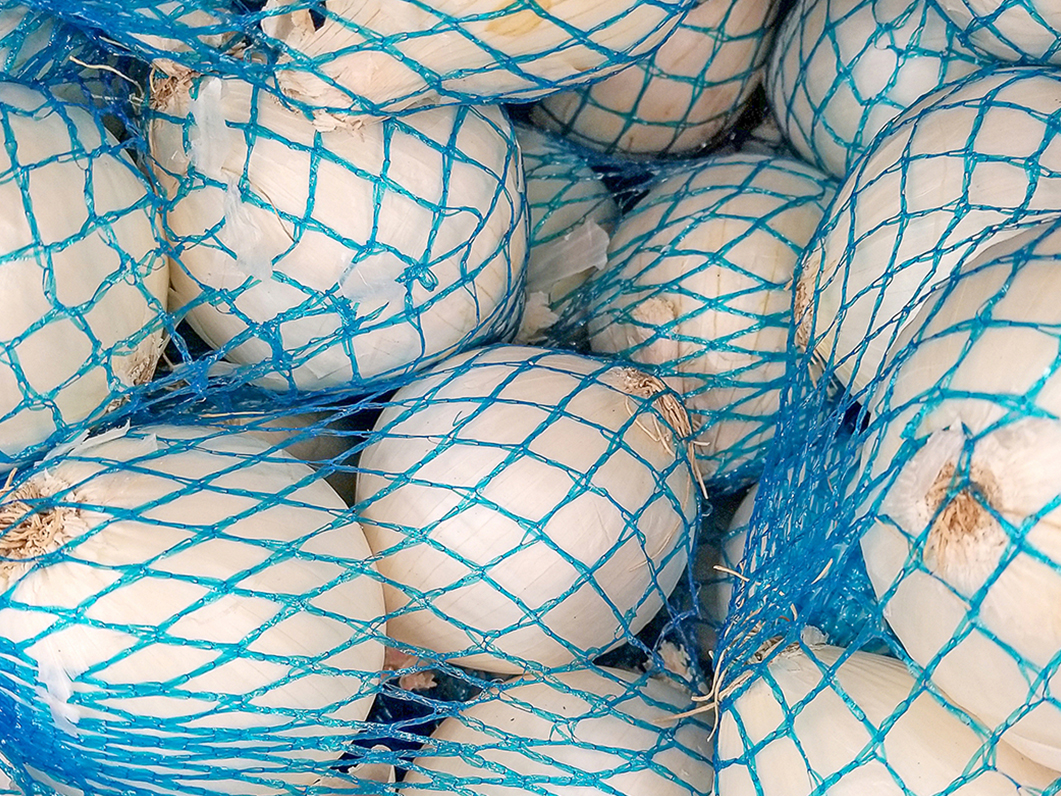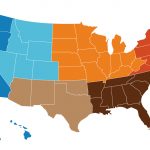
MARKET
Washington:
John Vlahandreas with Wada Farms reported from his office in Salem, OR, on Feb. 3. “This week is not as busy as we like,” John said, adding that pricing “hasn’t changed much.” He said he continues to move all three colors and all sizes, although he noted larger size onions are getting harder to find in Washington. Whites are tight, and he said they “could go up a little.” Right now he’s pulling from Washington, Eastern Oregon and Idaho. Looking at transportation, John said trucks have become easier to secure.
Washington/Idaho-E. Oregon:
Jason Pearson with Eagle Eye Produce reported on Feb. 3 from his Nyssa, OR, office. “In Washington we have plenty of all commodities,” Jason said. “We’re selling mostly yellows but have a lot of whites and reds.” In Idaho-E. Oregon, he said, “We’re moving a lot of yellows. Reds are a little tighter, and whites are definitely tight.” Overall, “jumbo yellows are moving best,” and he said the market is primarily foodservice. Jason said demand is “a little slow this week but steady, and pricing is still too cheap but also steady.” He added, “This time of year usually starts to trend upward. The Food Box Program is helping keep medium prices up, and if that trend keeps up, we should have a good end to the season.” The current Food Box Program started in late January and will run through April, Jason said, noting that the Treasure Valley season should be covered. In transportation, he said it’s been “decent,” adding, “It’s loosened up, and the cost to go East has come down.” He said, “We keep plugging along, but we need to get the market up.”
Idaho-E. Oregon:
Dan Phillips with Central Produce in Payette, ID, said on Feb. 3, “For it being the dog days of January-February, things are actually going better than we anticipated. Demand has been steady, and we have yellows reds left. It’s been good on all sizes and colors, and demand for mediums is especially good because of the Food Box Program.” Quality remains good, he said, and the market is steady. “The good part is it’s not going down, but the bad part is it’s not going up,” Dan said. Transportation costs had been keeping onion prices down, and he said, “Freight rates are back off a little bit, and maybe we can get onion prices up.” Growers expect to get back into the Idaho-E. Oregon fields in late February and early March, and Dan said, “They’re getting antsy.”
Herb Haun with Haun Packing in Weiser, ID, said on Feb. 3 that demand is “still good.” He said he’s shipping all sizes of yellows, and he does have some reds and whites available. “The Food Box Program helps a lot with demand retail,” Herb said, adding that foodservice is also continuing to tick upwards. “Retail has stayed very busy, busier than normal,” he said. “And transportation has gotten better since the first of the year.” Herb said the Treasure Valley recently received several inches of snow, followed by some rain. “It’s pretty wet right now,” he said of growers getting into the fields. “Realistically we’re a month away from that. We usually start planting around March 10.”
Idaho:
Rick Greener with Greener Produce in Ketchum said business was “moving steadily” on Feb. 3. Transportation has been better the last few weeks, and, “Freight is better, prices stable,” he said. “There are more trucks.” He continued, “We’re moving all sizes and colors, and I’m pulling out of Washington, Oregon, Idaho, Utah and Michigan. We also have some whites out of Mexico now.” Rick said overall quality is good, and he offers all sizes and packs. “The majority are pushing mediums for the Food Box Program,” he said. “If it were up to me, I’d make the Food Box Program jumbos,” he said. He added that reports indicate the California crops out of the Imperial and Central Valleys are on time and good quality. And, he said in parting, “Everyone get the vaccine if you want. Let’s open back up and be safe.”
Utah:
Don Ed Holmes with The Onion House in Weslaco, TX, said on Feb. 10 his Utah deal will likely finish Feb. 15-20. “We still have good size and quality,” he said, noting he’s moving reds and yellows. Commenting on the storm in the Northeast this week, he said it’s added to the normal slowdown in demand that comes in early February. “This is traditionally a slower period,” he said of movement. “But people don’t quit eating onions, and retail looks like it will be good next week.” He said as people continue to deal with COVID-19 protocol, “a lot more restaurants are opening up, as are schools. Foodservice is a lot better than it was last year.”
Tampico, Mexico:
David DeBerry with Southwest Onion Growers in Mission, TX, said on Feb. 3 he’s “full speed ahead with Mexico.” David added, “All our growers are fully into the crop, and we have all three colors. Production is good, and quality is great.” Southwest has all packs and sizes, and he said the deal is expected to go through March 15.
Don Ed Holmes with The Onion House in Weslaco, TX, told us on Feb. 3 he’s moving yellow sweets out of Mexico now and will start whites the end of the week. Reds will come in next week. “We’re not looking for big volume until after Feb. 15-20,” Don Ed said of the Tampico deal.
CROP
Texas Rio Grande Valley:
David DeBerry with Southwest Onion Growers in Mission said on Feb. 3 the crop is “on schedule to start mid-March.” That’s a bit early, he noted, adding that everything looks very good at this point.
Don Ed Holmes with The Onion House in Weslaco said on Feb. 3 that his Texas crop is “coming along nicely, and the weather is typical for the season. It’s sunny, and onions like the sun.”
Eagle Pass Texas:
David DeBerry with Southwest Onion Growers in Mission told us on Feb. 3 the Eagle Pass/Winter Garden crop is planted and growing, and he expects a May 1-5 start to the season.
Walla Walla:
Michael Locati with Locati Farms/Pacific Agra Farms said on Feb. 3 the fall seeded Walla Wallas are “so far so good,” and he told us the region had been experiencing a relatively mild winter. The operation hasn’t changed its program for 2021, and he said supplies should be adequate for both the yellow Walla Walla Sweets and the Walla Walla Rosé Sweet Onions. “The acreage is the same for both,” he said. Transplants will go in during March and April, and direct seeded will go in during March.
California:
John Vlahandreas with Wada Farms reported from his office in Salem, OR, on Feb. 3 and said the crops in California are coming along. “It’s still early, and we have a month to go before we’re out of the woods for a freeze, but right now there’s nothing in the forecast.”


